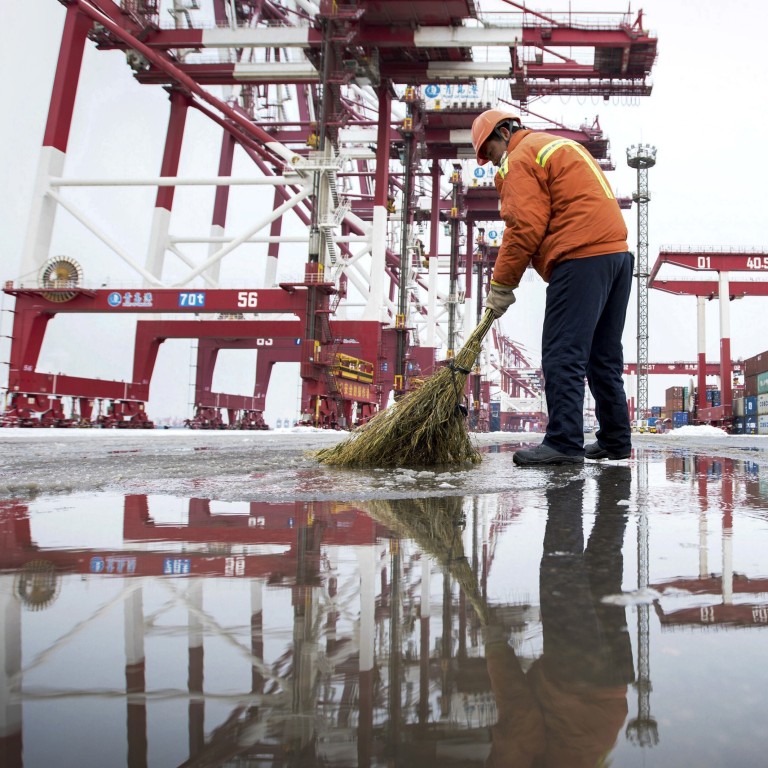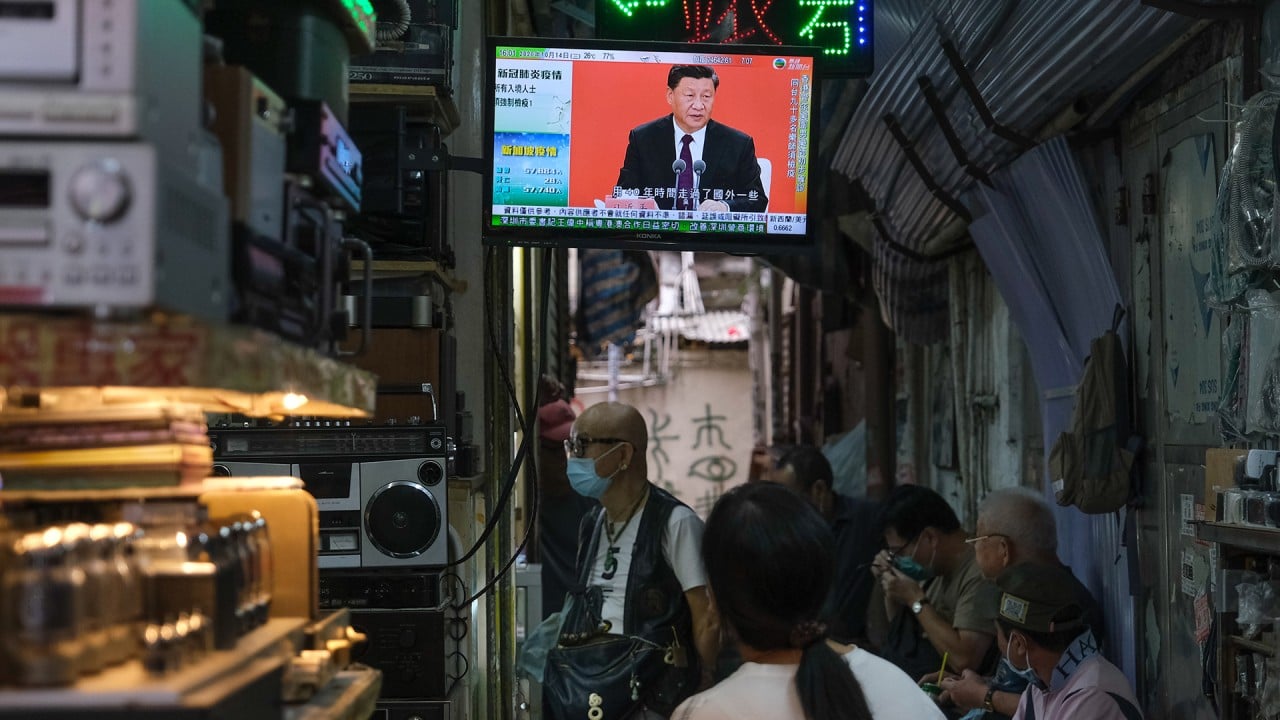
No paper, no cups: China’s local authorities further tighten their belts as coronavirus, tax cuts weigh heavy
- Shandong province on China’s eastern coast plans to cut expenditures on non-essential items by as much as 60 per cent on top of budget cuts already announced
- China’s economy rebounded in the second quarter, but government revenues have not fully recovered after cuts in taxes and fees aimed at boosting the economy
Local governments across China have been forced to further tighten their belts this year because of the damage caused by the coronavirus pandemic, with one slashing non-essential items by as much as 60 per cent.
Shandong province on China’s eastern coast, one of most populous provinces with more than 100 million residents, confirmed over the weekend that it plans to cut expenditures on non-essential items by up to 60 per cent on top of budget cuts already announced at the beginning of the year.
The Shandong announcement came after Beijing called for governments at all levels to cut spending and preserve funding for key priorities such as employment projects and social security payments to help the economy recover.
Budget austerity measures have also been applied within the central government with its overall allocation this year for overseas trips, vehicles and receptions – known as the “three public consumptions” – cut by 32 per cent from 2019 to 5.5 billion yuan (US$2 billion), the Ministry of Finance said.
The Ministry of Finance itself cut its own allowance for the same budget line by 30 million yuan, a drop of 55 per cent.
In Shandong, the third largest provincial economy after Guangdong and Jiangsu in terms of gross domestic product last year, the government rolled back spending on the same three public consumption categories by 10 per cent in February before cutting trips by an additional 30 per cent. It also cut receptions, conferences and training by another 60 per cent.
The Shandong government also froze spending for purchasing new vehicles and computers as well as on the recruitment of non-staff employees. It also cut back office building maintenance projects unless required for safety.
China State Finance, a magazine run by the Ministry of Finance, reported last month that government employees had been instructed to avoid business trips as much as possible, reduce their paper usage and also bring their own cups to the office.

05:27
China must rely on its ‘internal market for innovation’, says sociology Prof Lau Siu Kai
In addition, the central government has imposed stringent new limits on the debt that large property developers are allowed to hold, which could indirectly hurt the government land sales that account for a large portion of their income.
Land sales generated income of 429 billion yuan (US$156 billion), down 4. 3 per cent from the period last year, while revenues from personal income taxes, stamp duty and deeds tax were among very few income items that increased.
At the same time, government expenditures during the same period fell only 2.1 per cent to 14.9 trillion yuan nationwide, with spending on employment and social security rising 11 per cent to 2.3 trillion yuan, or 15 per cent of total spending.
Shenzhen has been able to recover 220 million yuan in unused funds from government units, while also monetising existing government assets. This includes selling 300,000 square metres (3.2 million sq ft) of commercial facilities for government-funded affordable housing to local state-owned enterprises, which brought in revenue of 6 billion yuan. In the first half of the year, sales of state assets, among other one-off non-tax revenues, lifted Shenzhen’s revenue by 7 percentage points.
Chongqing municipality, an economic powerhouse from southwestern China, cut 3.4 billion yuan of government expenditure this year.
Since last year, it has stopped government budget carry over, recovering all unused funds – 1.5 billion yuan in 2019 and 2020 – from government agencies to then be redistributed.

